Poreč (Croatian pronunciation: [ˈpɔrɛtʃ]; Italian: Parenzo; Venetian: Parenso; Latin: Parens or Parentium; Ancient Greek: Πάρενθος, romanized: Párenthos) is a town and municipality on the western coast of the Istrian peninsula, in Istria County, west Croatia. Its major landmark is the 6th-century Euphrasian Basilica, which was designated a UNESCO World Heritage Site in 1997.
The town is almost 2,000 years old, and is set around a harbour protected from the sea by the small island of Sveti Nikola/San Nicola (Saint Nicholas). Its population of approximately 12,000 resides mostly on the outskirts, while the wider Poreč area has a population of approximately 16,600 inhabitants. The municipal are...Read more
Poreč (Croatian pronunciation: [ˈpɔrɛtʃ]; Italian: Parenzo; Venetian: Parenso; Latin: Parens or Parentium; Ancient Greek: Πάρενθος, romanized: Párenthos) is a town and municipality on the western coast of the Istrian peninsula, in Istria County, west Croatia. Its major landmark is the 6th-century Euphrasian Basilica, which was designated a UNESCO World Heritage Site in 1997.
The town is almost 2,000 years old, and is set around a harbour protected from the sea by the small island of Sveti Nikola/San Nicola (Saint Nicholas). Its population of approximately 12,000 resides mostly on the outskirts, while the wider Poreč area has a population of approximately 16,600 inhabitants. The municipal area covers 142 square kilometres (55 sq mi), with the 37 kilometres (23 miles) long shoreline stretching from the Mirna River near Novigrad (Cittanova) to Funtana (Fontane) and Vrsar (Orsera) in the south. Ever since the 1970s, the coast of Poreč and neighboring Rovinj (Rovigno) has been the most visited tourist destination in Croatia.
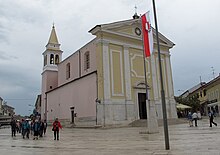 Church of Our Lady of the Angels
Church of Our Lady of the Angels Main entrance of the Euphrasian BasilicaRoman period
Main entrance of the Euphrasian BasilicaRoman period
During the 2nd century BC, a Roman castrum was built on a tiny peninsula with approximate dimensions of 400 m × 200 m (1,312.34 ft × 656.17 ft) where the town centre is now. During the reign of Emperor Augustus in the 1st century BC, it officially became a city and was part of the Roman colony of Colonia Iulia Parentium.
In the 3rd century the settlement had an organised Christian community with an early-Christian complex of sacral buildings. The earliest basilica contained the remains of and was dedicated to Saint Maurus of Parentium and dates back to the second half of the 4th century. The floor mosaic from its oratory, originally part of a large Roman house, is still preserved in the garden of the Euphrasian Basilica.
Middle AgesWith the fall of the Western Roman Empire in 476, different rulers and powers governed. First, it was held by the Ostrogoths and after 539 was part of the Byzantine Empire. From 788 it was ruled by the Franks. A short independence period followed in the 12th century and later it was ruled by the Patriarchate of Aquileia. In 1267 Parenzo became the first Istrian city that chose to become part of the Republic of Venice, whose rule lasted for more than five centuries. During this period several palaces, squares and religious buildings in Venetian style were built. In 1354 the city was destroyed by the Genoese. In 1363 the town was given the City Statute.
Modern periodThe population was decimated by plague at the end of the 16th and the beginning of the 17th century. After the fall of the Venetian Republic, Parenzo came under the sovereignty of the Habsburg monarchy.
Between 1805 and 1814, Parenzo was part of the Napoleonic Kingdom of Italy and then of the Illyrian Provinces, nominally part of the First French Empire. After this period it was again annexed by the Habsburgs, with the Monarchy reorganized into the Austrian Empire. In 1844 a steamship connection was established between Parenzo and Trieste.
In 1861, under Austrian Littoral Parenzo became the seat of the regional Parliament,[citation needed] with schools, administrative and judiciary offices, and other services. During this time, it slowly became a shipbuilding center. It also became a popular tourist resort for the Austro-Hungarian aristocracy. Between 1902 and 1935 the Parenzana (from the name 'Parenzaner Bahn'), a narrow-gauge railway line connected the town to Trieste.
After 1918, it became part of the Kingdom of Italy. In 1944, the city was bombed by the Allies 34 times, damaging 75% of the city.[1]
Yugoslav period (1945/47-1991)In 1947, two years after World War II, it was occupied by Yugoslavia and the city name was changed into Poreč. The Italian population left the city and was replaced by Slavic people from different regions of Yugoslavia.[2]
From 1945 to 1991, Poreč was a city of Croatia, then part of the Socialist Federal Republic of Yugoslavia.
Independent Croatia (since 1991)In 1991 Croatia became an independent state. Today, the city's Italian name (Parenzo) is also used in an official capacity.[3][4]

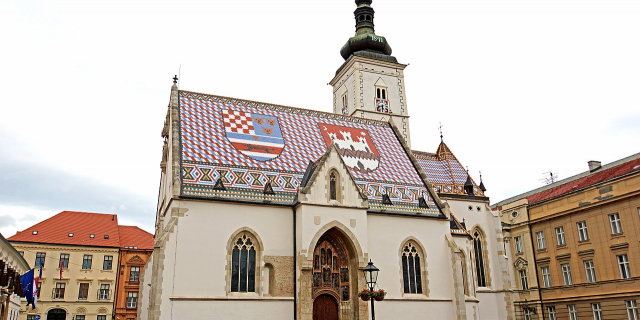

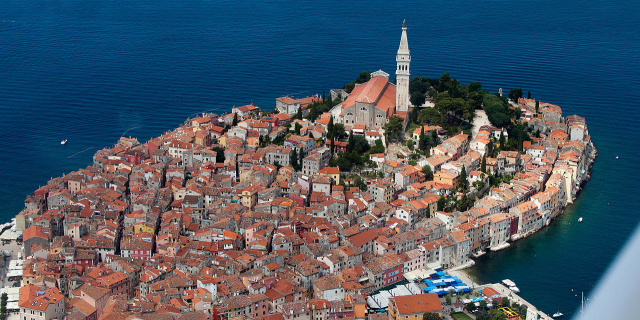

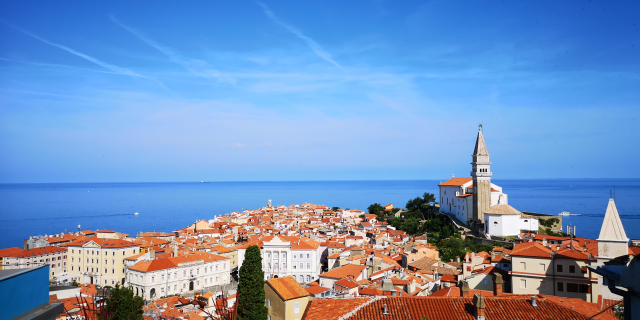



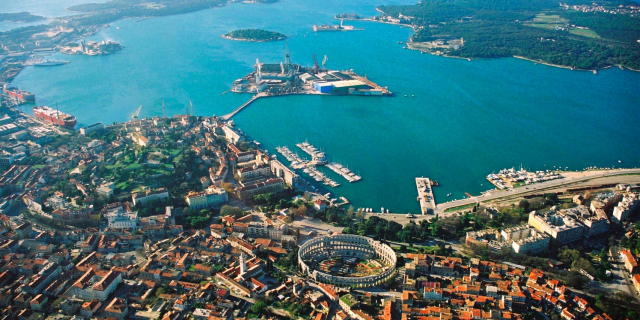
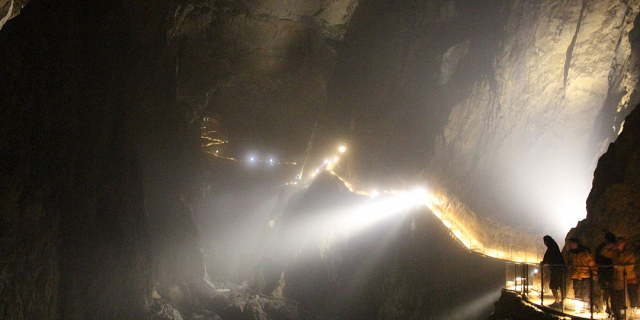

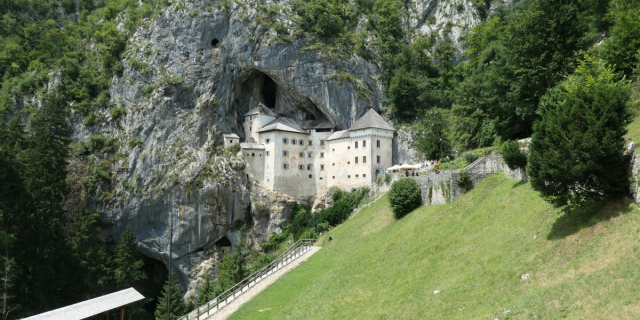

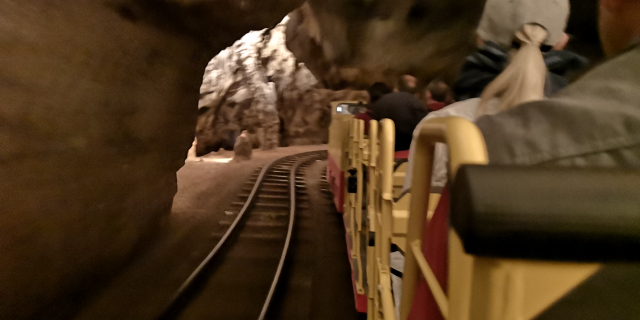


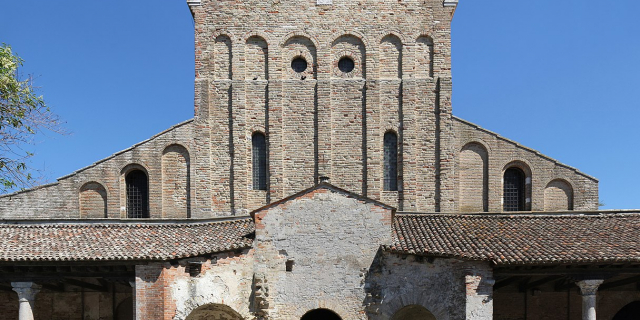










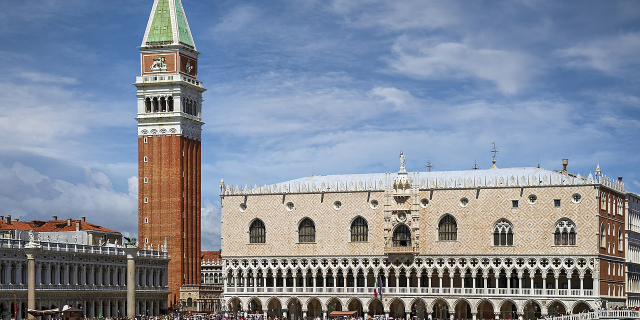


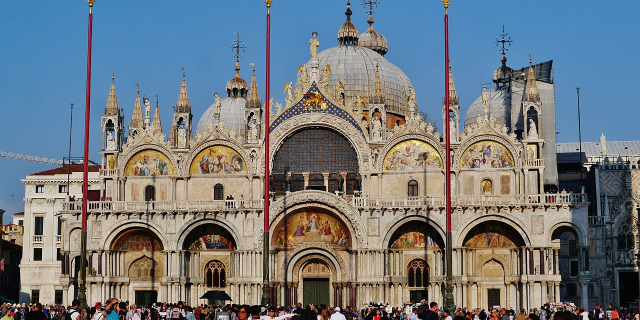
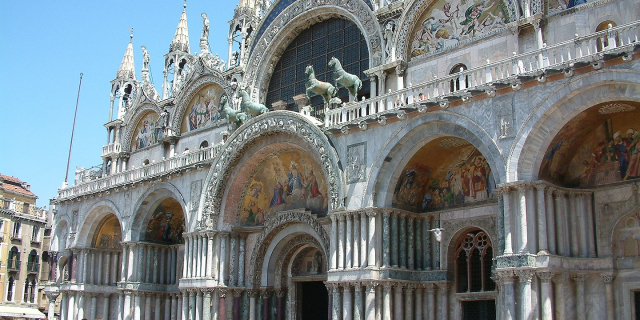

Add new comment